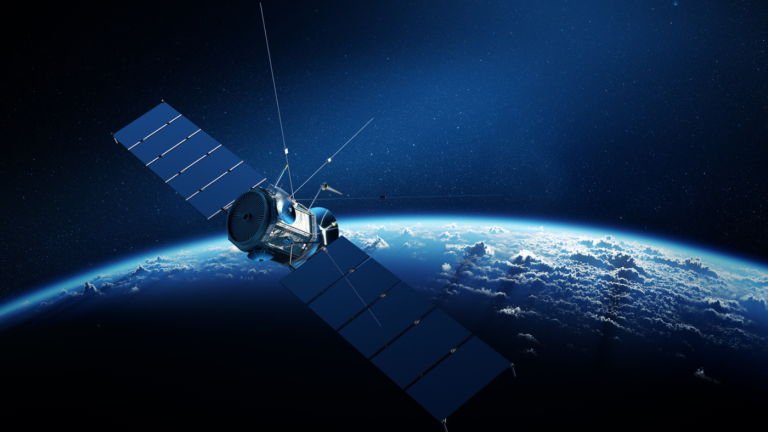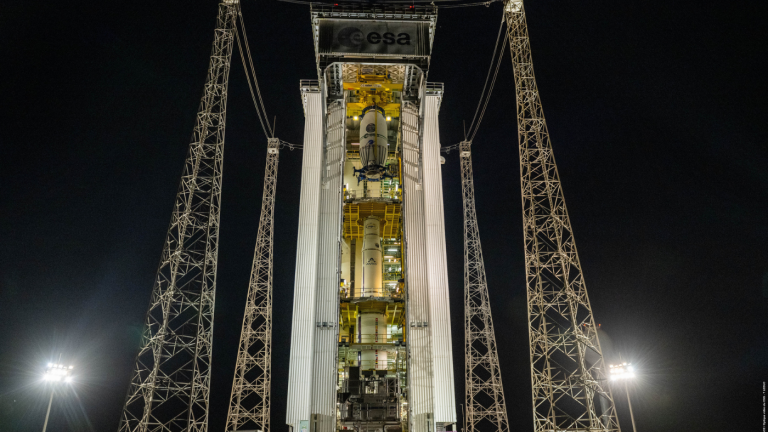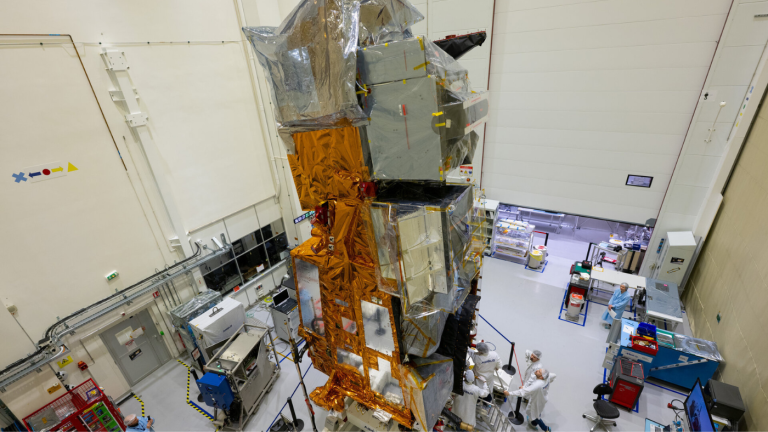Huld has provided software solutions to numerous satellites ranging from Envisat to the International Space Station. We provide mission-critical control systems for satellite platforms, and scientific processing in atmospheric sounding and imaging missions. The key element of these is safety-critical, tested and validated software, which is able to function for many years in harsh space environment.
Huld has provided platform software to GOCE, Herschel, Planck and Gaia satellites. In addition, our software is bound to planet Mercury and Mars onboard interplanetary missions. Latest references in application software segment include on board MetOp-SG (Radio Occultation Instrument ROIC, 3MI, Scatterometer SCA), ExoMars Recovery Software Image, Euclid FGS, MTG FCI Instrument Control Unit (ICU) Application Software (ASW), Sentinel-4 ICU, Galileo ASW and MetOp CFSW.
Our long experience in development of high-reliability software has laid a foundation to act as external consultant assisting prime companies to assure the quality of a software product developed by software subcontractor. Therefore, one of the key expertise areas of Huld is ISVV. We have conducted Independent Software Verification and Validation for multiple space on-board software: The European Data Relay System (EDRS), the Meteosat Third Generation (MTG) including MTG’s Strat Tracker instrument, the ESA Mercury mission BepiColombo platform software, the Small geo-stationary (SGEO) satellite, Integral mission, and five major units of the European satellite navigation system Galileo flight segment.
Huld’s NewSpace capabilities build on the 30 years’ ESA space experience, combined with the industrial needs for SW development schedule, Continuous Integration / Continuous Development (CI/CD) and Systems Engineering. Huld has recently participated in several CubeSat, SmallSat and Space-based-Service projects either in SW/Systems Assessment, Technology Study or as an outsourced engineering development organisation for software and hardware. This is also the offering for your business: our Customer has the technology driver and the service idea, and we have the technology and capacity to help you!
Huld Defence builds upon our decades long systems engineering experience derived from implementing mission critical space solutions. This, combined with our data analytics and machine learning expertise, allows us to develop, deliver and maintain capabilities for land, air and sea defence (MIL) systems.
Our capabilities focus on:
- Software and systems engineering for various military applications
- Data fusion and algorithm development for test systems and measurement instruments
- Data analytics for reconnaissance sensors
- Machine learning assisted situational awareness and targeting, including non-GNSS / visual navigation capabilities
- Huld has been working with the defence projects since 2007, and has a Facility Security Clearance (FSC).
As access to space becomes more affordable and nanosatellites provide cost effective platforms. The innovative design of mechanical components can provide new reach. Lighter satellite frames vacate payload capacity or lower launch costs. Deployable devices provide greater ability for even the smallest of satellites. Meaning larger solar arrays, exterior imaging capabilities, moving sensitive instruments away from interference and more. All this equates to more science from a smaller form factor. Huld’s expertise in mechanical design can provide innovative solutions by taking full advantage of all technologies, like additive manufacturing (AM). AM produces fast turnaround components where complexity is free, rigidity can be maximized, all while energy and material usage are minimal.




